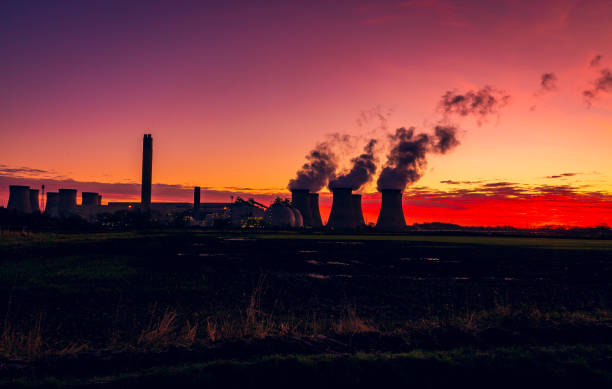Carbon Sink
A carbon sink is any process or system that absorbs and stores carbon dioxide (CO2) from the atmosphere. Carbon sinks can be natural, such as forests, oceans, and soil, or artificial, such as carbon capture and storage (CCS) systems. Carbon sinks help to mitigate climate change by reducing the amount of CO2 in the atmosphere, which is a major contributor to global warming.
Plants and trees are the largest natural carbon sinks. Through photosynthesis, they absorb CO2 from the air and convert it into organic matter, which is stored in their biomass and soil. The ocean is also a major carbon sink, absorbing CO2 from the atmosphere and dissolving it in the water. Other natural carbon sinks include wetlands, grasslands, and peatlands.
Artificial carbon sinks, such as CCS systems, involve capturing CO2 emissions from industrial processes and storing them underground or in other long-term storage facilities. This technology is still in development and has not been widely deployed, but it is seen as a potential way to reduce carbon emissions from large-scale industrial processes.

Types of carbon Sink
There are several types of carbon sinks, which can be broadly classified as natural or artificial.
- Natural Carbon Sinks:
- Forests: Forests are one of the largest natural carbon sinks. Trees absorb CO2 from the air during photosynthesis and store it in their biomass and soil.
- Oceans: The ocean absorbs CO2 from the atmosphere and stores it in the form of dissolved carbon.
- Soil: Soil organic matter also acts as a carbon sink, as it can store carbon for hundreds or even thousands of years.
- Wetlands: Wetlands are also important carbon sinks, as they store large amounts of organic carbon in their soils.
- Grasslands: Like forests, grasslands also absorb CO2 through photosynthesis and store it in their biomass and soil.
- Artificial Carbon Sinks:
- Carbon Capture and Storage (CCS): CCS technology captures CO2 emissions from large-scale industrial processes and stores them underground or in other long-term storage facilities.
- Bioenergy with Carbon Capture and Storage (BECCS): This technology involves using biomass (such as wood chips or agricultural waste) to generate energy, capturing the CO2 emissions, and storing them underground.
- Direct Air Capture (DAC): DAC technology involves using large machines to capture CO2 directly from the air and store it underground or in other long-term storage facilities.
It’s important to note that while carbon sinks can help mitigate climate change by reducing the amount of CO2 in the atmosphere, they are not a substitute for reducing greenhouse gas emissions.
Carbon sinks have been in the news in India in recent years due to several reasons. Here are some of the key ones:
- India’s commitment to the Paris Agreement: In 2015, India committed to reducing its greenhouse gas emissions intensity by 33-35% by 2030 compared to 2005 levels, as part of the Paris Agreement. To achieve this target, India has been exploring various options to increase its carbon sink capacities, such as afforestation, reforestation, and agroforestry.
- Forest fires: Forest fires have been a major issue in India, particularly in recent years, which has led to the loss of forest cover and the release of large amounts of carbon into the atmosphere. The government has been taking steps to prevent and control forest fires and to restore degraded forest ecosystems, which can help increase India’s carbon sink capacity.
- Coastal wetlands conservation: India has a large number of coastal wetlands, which are important carbon sinks. However, these wetlands are under threat due to various reasons, including encroachment and pollution. The government has been taking steps to protect and restore these wetlands, which can help increase India’s carbon sink capacity.
- Carbon markets: India is also exploring the potential of carbon markets, which can provide financial incentives for carbon sequestration activities. The government has launched several initiatives to encourage private sector investment in carbon sequestration projects, such as the Green India Mission and the National Afforestation Programme.
Overall, carbon sinks have been in the news in India due to the country’s efforts to mitigate climate change and reduce its greenhouse gas emissions.
